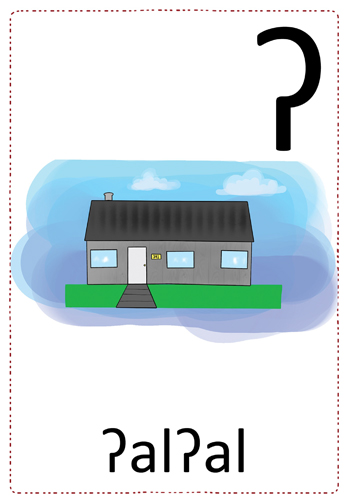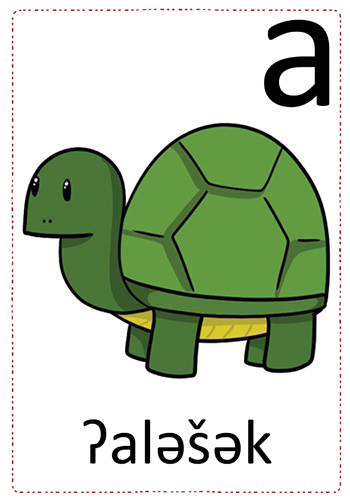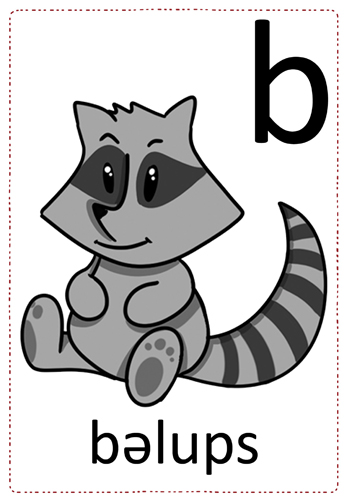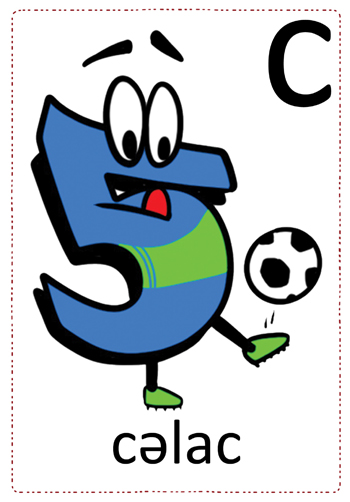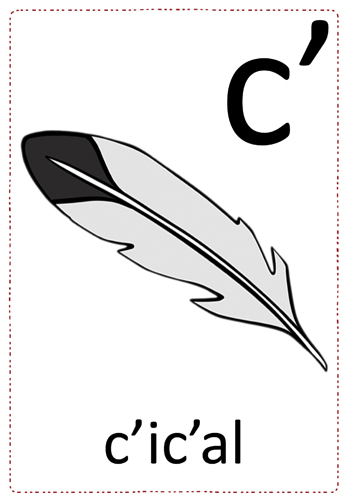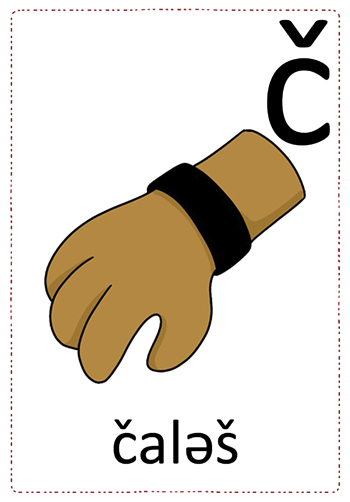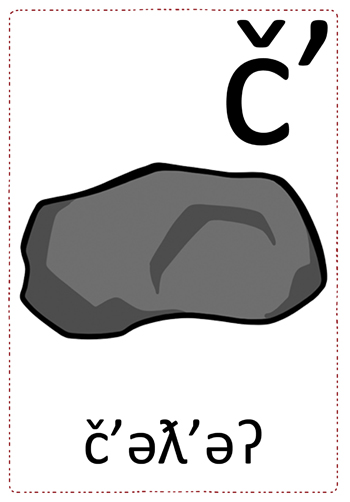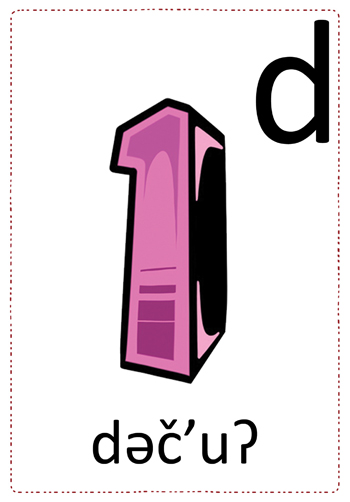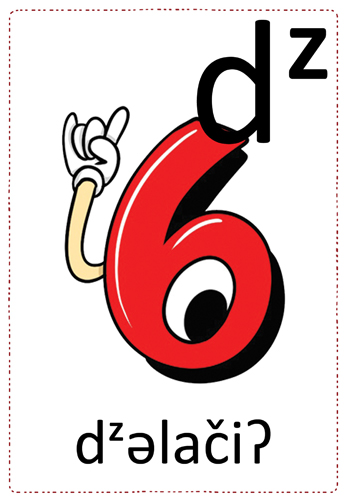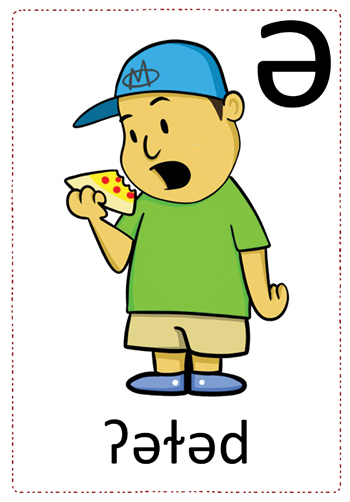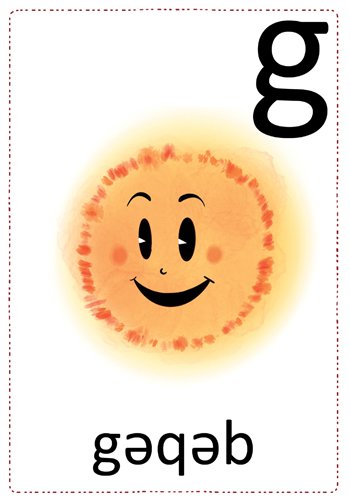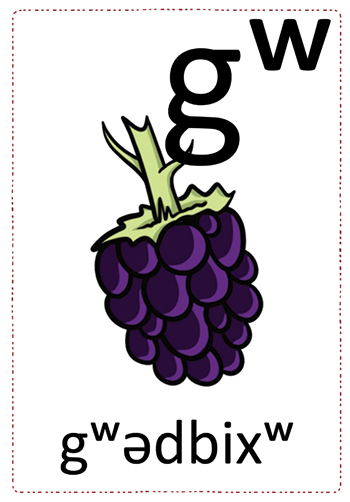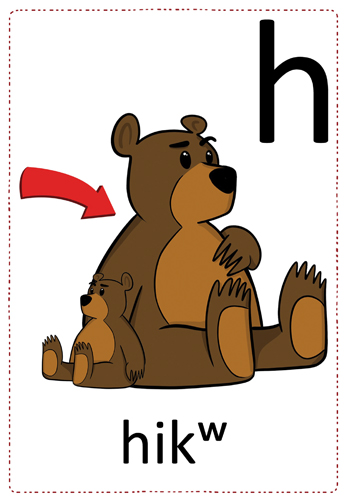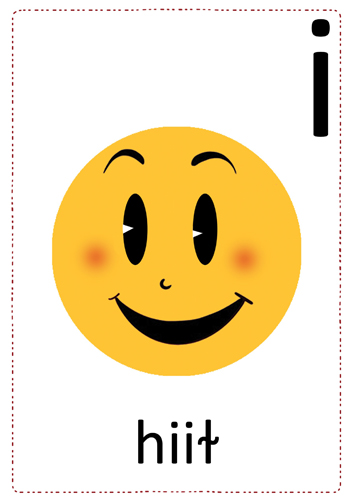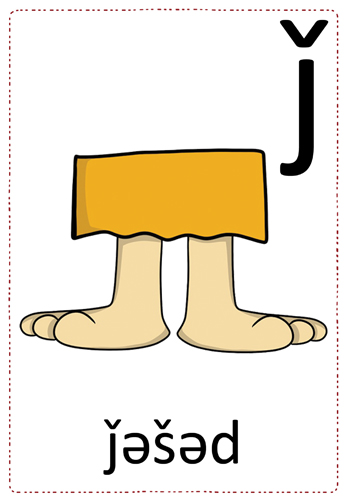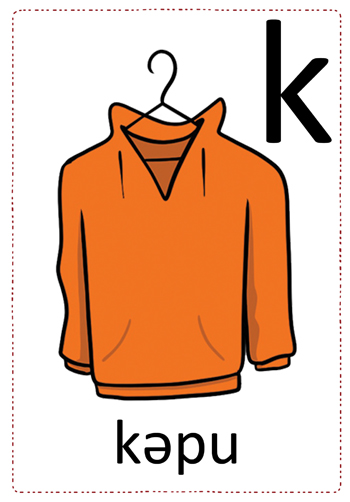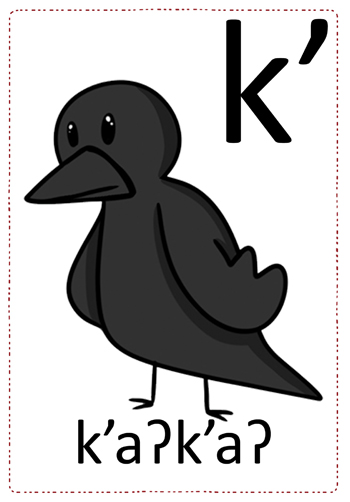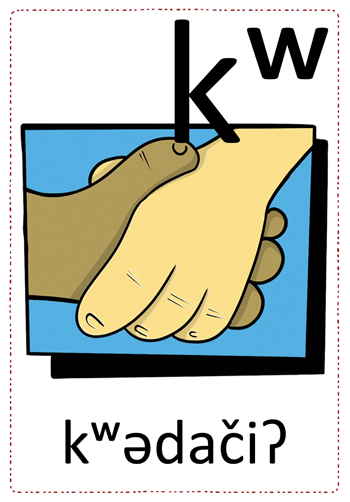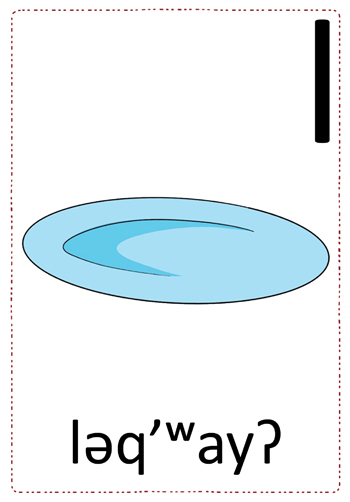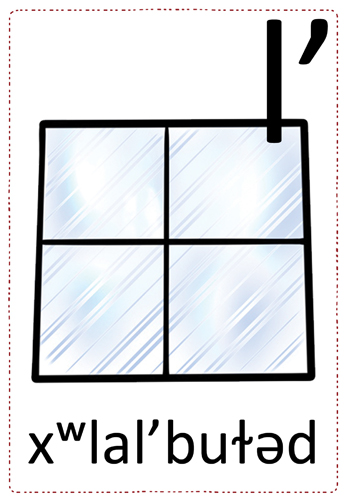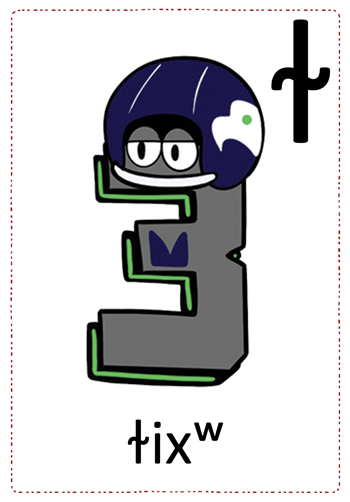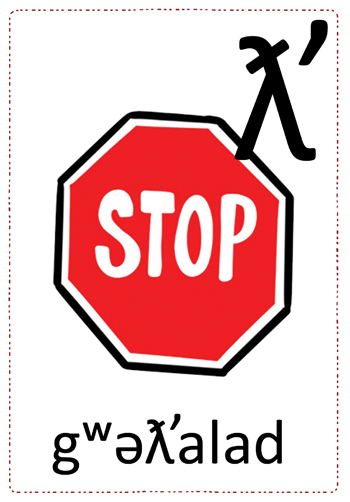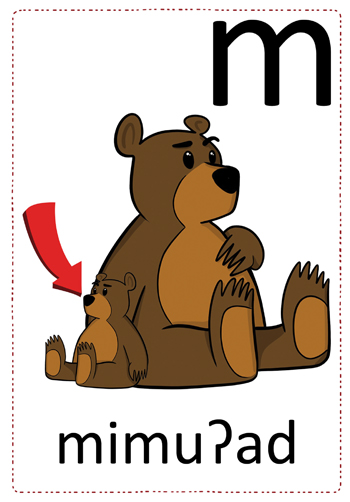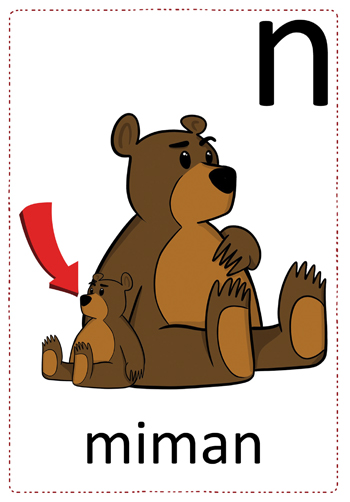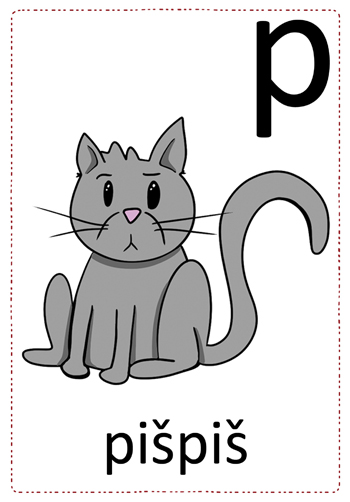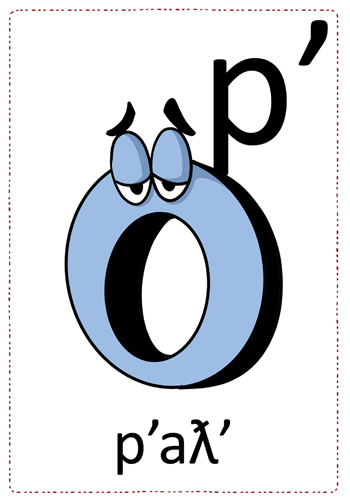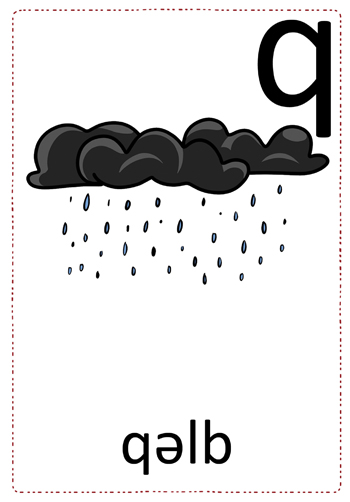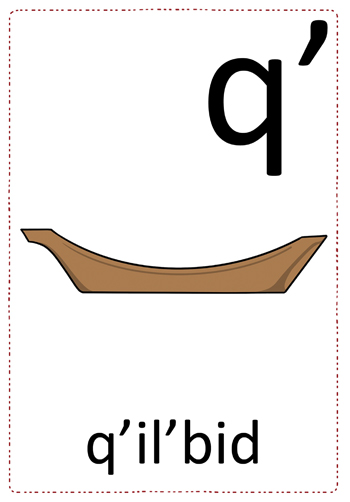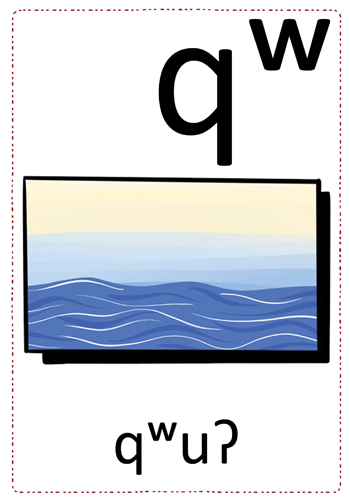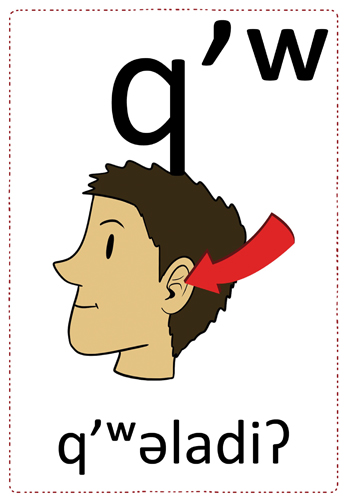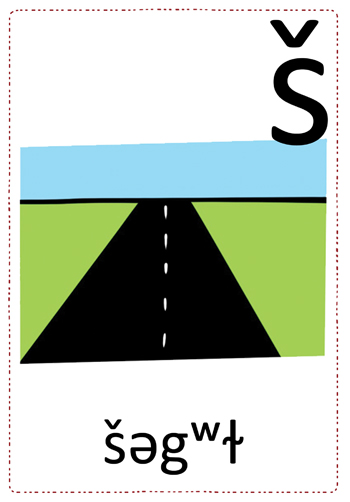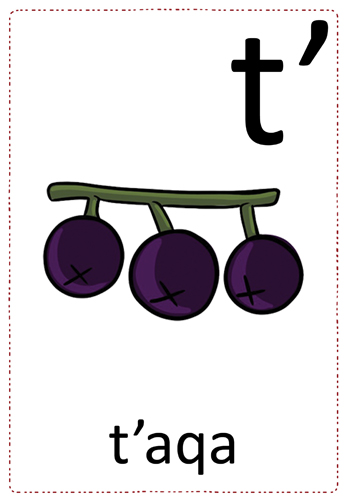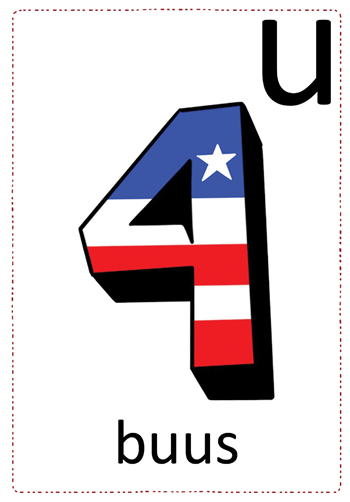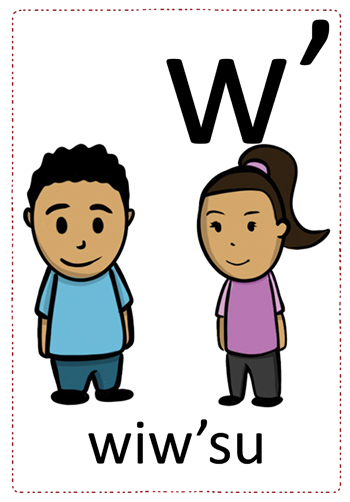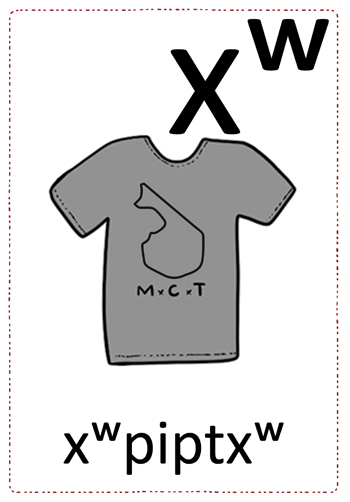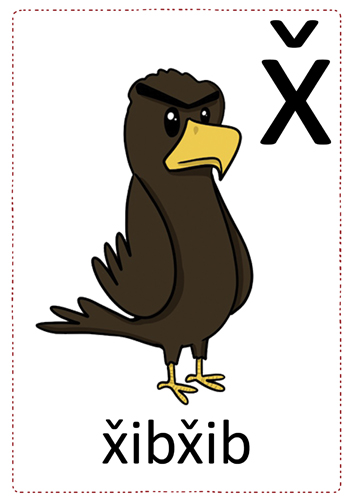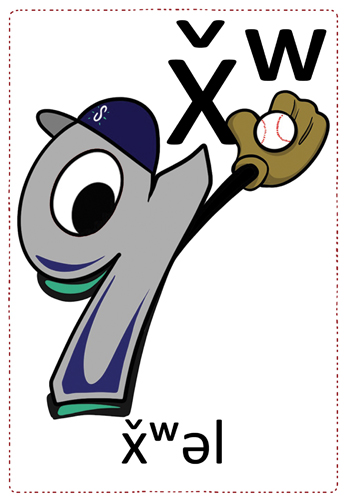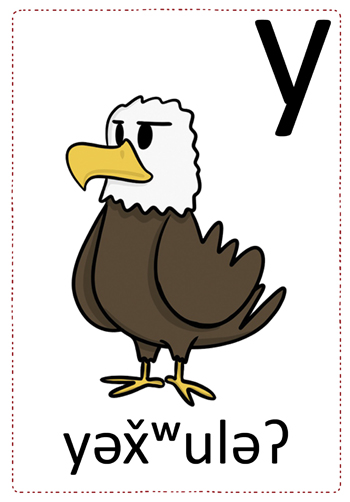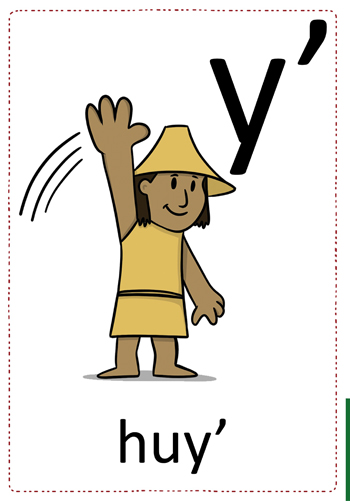THE ALPHABET
Before there was an alphabet, Lushootseed was recorded through traditional art, such as weaving, carving and painting. Art used symbols to express stories, history, visions, dreams and ideas.
By the mid-1800s, alphabets, similar to English, began being used. However, many failed to accurately write the non-English Lushootseed sounds. By the 1900s, people began using alphabeets that had additional symbols. This included the apostrophe ('), the wedge ( ̌ ), and raised letters (such as ʷ and ᶻ). In addition, there are letters that are not in the English alphabet. By the 1970s, tribal elders adopted the official Lushootseed alphabet which consists of 43 letters. This alphabet is still in use today. Click here to see more...
The Lushootseed alphabet is as follows:
ʔ, a, b, c, c’, č, č’, d, dᶻ, ə, g, gʷ, h, i, ǰ, k, k’, kʷ, k’ʷ, l, l’, ł, ƛ̓, m, n, p, p’,
q, q’, qʷ, q’ʷ, s, š, t, t’, u, w, w’, xʷ, x̌, x̌ʷ, y, y’
There are no capital letters used in the alphabet.
Other symbols that are not alphabet letters are also used. The open and closed parentheses ( ) are used around letters that are silent. An example is the silent /l/ in the word sləx̌i(l) ‘day’. The parentheses are like the English apostrophe in the word isn’t where the apostrophe represents the lack of the /o/ in is not.
Three mid-level periods (⋯) mark an elongated sound, which usually communicates emphasis. For example: ʔux̌ʷ ‘He went’, versus ʔu···x̌ʷ ‘He went vigorously (with determination)!’.
Punctuation is similar to English. This includes the period ( . ); comma ( , ); colon ( : ); semi-colon ( ; ); exclamation ( ! ); double quotation marks ( “ ” ); and single quotation marks ( ‘ ’ ). Unlike English, Lushootseed does not use the question mark (?). Questions are understood by question words (stab ‘what’, gʷat ‘who’, čad ‘where’, etc); the word ʔu; or by context. Questions can be punctuated with a period or an exclamation mark.
The Lushootseed alphabet has four vowels. They are:
a, ə, i, u
Of these four vowels, /a/, /i/ and /u/ can be long or short in length. The /ə/ is never long. The long vowels are written as:
aa, ii, uu.
Three of the four vowels can also be combined with /y/. These are ay, əy and uy. These combinations create the equivalent English sounds:
ay is the same as uy in the English word buy.
əy does not exist in English. It is like the ay, but the vowel begins with an /ə/ sound as the /u/ in the English word nut.
uy is like the oy in the English word boy.
This is the Lushootseed alphabet that was adopted by many elders from several tribes during the 1970s when they began to teach Lushootseed classes. These elders stressed to their students that this was the official alphabet and to not change it. We present it here in this book as our elders have instructed us to do.

